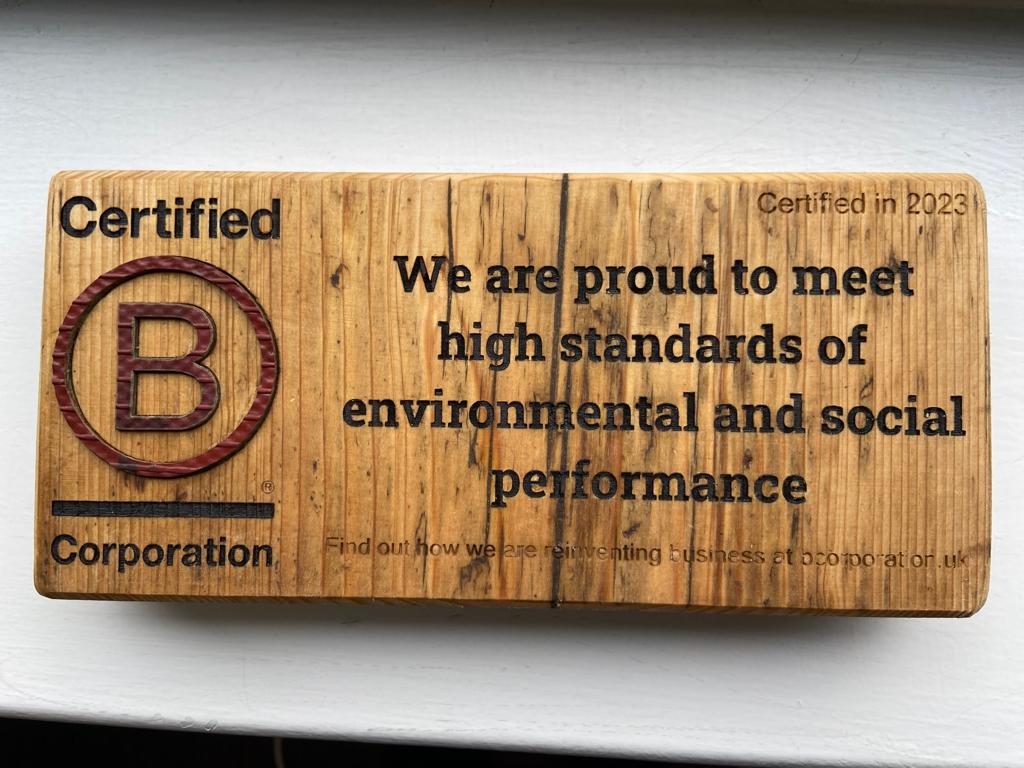Securing a team of talented people who are equipped and motivated to achieve a clear vision, is fundamental to effective leadership. But recruiting people has arguably never been more difficult. It is an issue that has been lighting up discussions on all of our courses.
Whether or not an organisation is able to recruit, develop and hold on to great people may be the difference between flourishing or floundering. Studies show that employee engagement – bringing one’s best and full self to work – is not just a ‘nice-to-have’. It is a business imperative, linked not only to retention levels, but to a number of performance outcomes including productivity, profitability and customer satisfaction.
Sadly, however, national research shows that 56% of new employees are disengaged after just six months in their job. By not having the appropriate culture, the bright, lively new employee is being turned off in the workplace.
So, what does it take for leaders to retain talent?
The ‘Engaging for Success’ report identified four key drivers to employee engagement:
- Strategic Narrative
- Engaging Leaders
- Employee Voice
- Integrity
In this article we will explore each of these drivers in turn:
1. Strategic Narrative – Share the VisionWhen employees can see how their individual goals fit into the big picture – how they are contributing to the overall company mission, vision, purpose – they are even more engaged, productive and effective. Professor Steve Kempster, one of our masterclass speakers, likes to remind our delegates of the story of the two quarry workers. When asked what they were doing, one quarry worker explained that they were cutting rocks, while the other described that they were ‘building a cathedral’. It is the second man who can see the link between his day-to-day role and the overall company goals who is more motivated and will bring his best self to work.
How can you make sure that individuals in your team / department / organisation see how they are contributing to the bigger picture?
2. Engaging Leaders – Create the environment for success
A good manager can create a positive working environment where staff are motivated and productive, whilst at the other end of the scale, a poor manager can create a toxic atmosphere in the workplace leading to high stress levels and low engagement.
However, while those in management / leadership positions are often promoted to that role due to their technical expertise, research shows that those same technical skills are the least important of the behaviours needed to effectively lead people.
Imagine a workplace where individuals know what their individual objectives and responsibilities are; where people are motivated and engaged to take ownership and achieve those objectives; and where they confidently and competently solve problems, make decisions and feel able to take responsibility for their mistakes - and learn from them.
By investing in leadership at all levels in your organisation you can give your managers the tools, knowledge and confidence to create an environment for their teams which encourages people to bring their best selves to work.
Three quarters of employees want to learn at work and 94% say they would stay longer at a company that invested in their learning, so providing opportunities for your next generation leaders to learn and improve can also improve engagement, retention and development of your most talented employees.
3. Employee Voice – Listen more
Your employees will inevitably be the ones who are closest to your customers, your processes and your products or services, which means they are usually the people with the right information to make the best decision and the ones with their finger on the pulse of what is happening in your organisation. Take time to listen to what they have to say, show that you value their opinions and then give feedback on what changes you are making as a result of their suggestions.
John Oliver OBE, another of our expert masterclass speakers and a specialist in employee engagement, suggests that a regular Meet the Boss session is a useful way to give employees an opportunity to access key decision-makers, share their views and expertise and ask questions of key decision-makers.
The format should be fairly simple with a number of people being invited to meet with ‘the boss’ (this could be the Managing Director or other members of the senior leadership team). It is preferable, if practical, to have participants come from a single layer of the business to avoid people deferring to their more senior colleagues. The duration should be no more than 45 minutes with attendees primed in advance that they have to come prepared with questions.
Be ready to deal with criticism sympathetically, perhaps even of a personal nature, and try to keep a balanced perspective. However, do not tolerate excessive negativity and be prepared to deflect the debate towards those of a more constructive frame of mind. Done well, these sessions can have a powerful influence on morale and overall ambiance.
4. Integrity – Lead by example
Survey after survey after survey confirms that what people value most in leaders is…integrity. A simple way to describe integrity is that it’s all about:
‘Saying what you will do and doing what you say’
When it comes to creating an environment where people feel motivated and inspired, it is absolutely vital that leaders within the business walk the walk and set the example. Research shows that up to 70% of the culture of a business is influenced by the behaviour of leaders and managers within the business, which in turn has a direct impact on business performance. As bestselling author Steven Covey said,
“What you do has far greater impact than what you say.”
So make sure that leaders and managers within the business demonstrate company values, approach their roles with enthusiasm, motivation and commitment and exhibit the behaviours that you want to encourage throughout the organisation.
If you are interested in finding out more about how we help our delegates to improve their leadership skills in order to develop themselves, their teams and their organisations, please get in touch with Jo Draper or Stewart Barnes.
Our next management development program for future leaders (LEADlight) starts in March and our next effective leadership program for senior leaders (LEAD™) starts in April.
Keep up-to-date on the latest leadership and management tips by signing up to our weekly blog here




